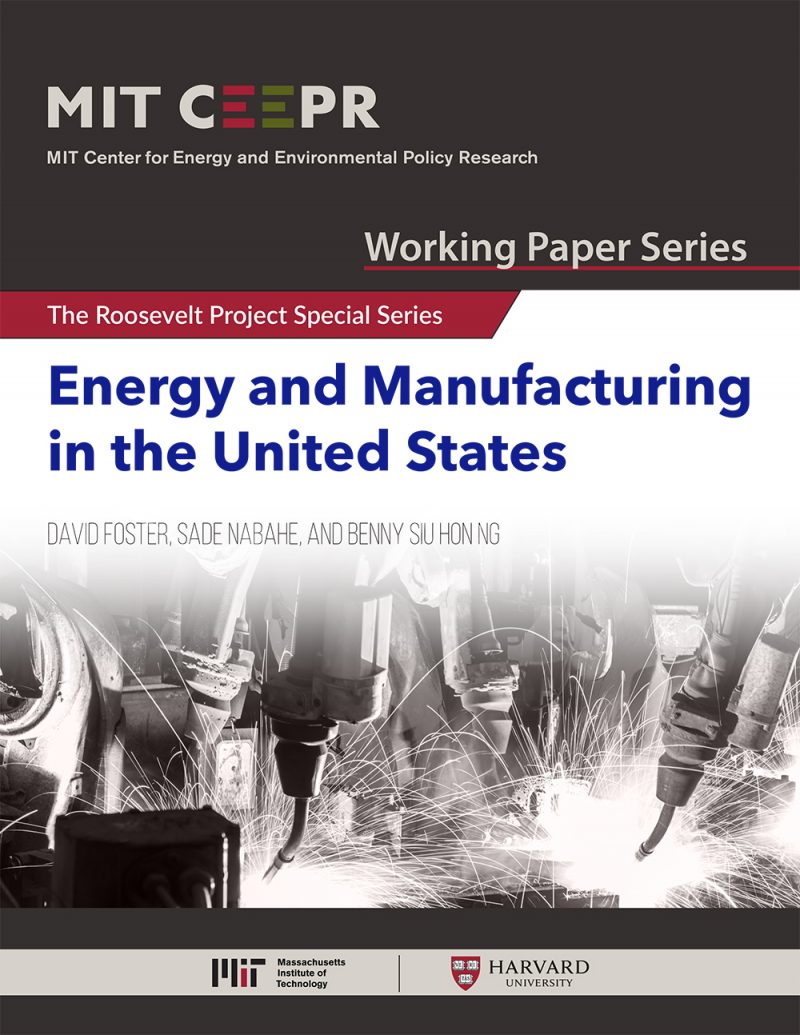Energy and Manufacturing in the United States
David Foster, Sade Nabahe, and Benny Siu Hon Ng
September 2020
The Energy sector is critical to the economic vitality of the United States, but has been undergoing significant change in recent decades both with respect to traditional energy resources and a growing clean energy economy. Simultaneously, the decarbonization of the energy sector is occurring in parallel to other macroeconomic transitions, e.g. automation, digitization, and globalization. This white paper will explore the close relationship between the energy and manufacturing sectors of the U.S. economy within this broader context. Historically, energy costs and reliability have played a key role in manufacturing competitiveness and anchored the location of manufacturing in the Midwest and Appalachia. In addition, the energy sector has traditionally provided a large market for manufactured goods in generating equipment, energy infrastructure products, and fuels production equipment. This paper will explore how the decarbonization of energy production and energy policy may impact manufacturers, especially the energy intensive, trade-exposed industries, offering opportunities while also creating challenges that will make them more vulnerable to international competition if unaddressed. Finally, the paper will conclude with recommendations for the optimal policy environment to spur the manufacturing of new technology in the United States. All of this will be informed by two case studies, one on the performance of the 48c Advanced Energy Manufacturing Tax Credit, and the other on the effects of the 2012 CAFE standards on the motor vehicles industry.



